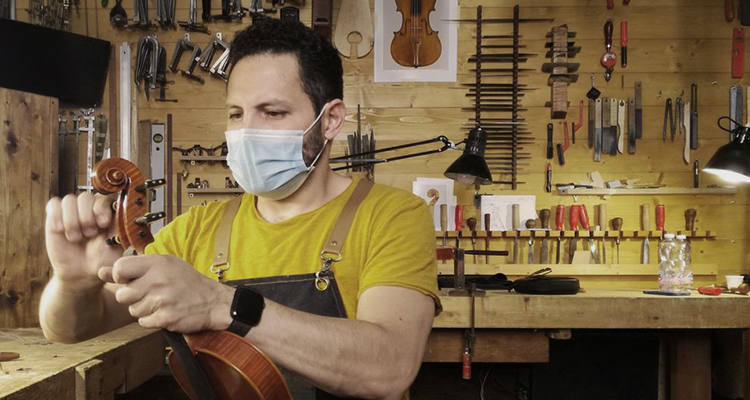Modern Violin Making and Its Expansion

While violins have a rich history dating back centuries, the art of violin making continues to evolve and embrace modern innovations. Today, talented luthiers and instrument makers are blending traditional craftsmanship with contemporary techniques, materials, and technologies to push the boundaries of instrument design. In this article, we will explore the world of modern innovations in violin making, highlighting the benefits, challenges, and artistic possibilities that arise from the integration of tradition and innovation.
- Contemporary Materials in Violin Construction
Modern violin makers are experimenting with alternative materials alongside traditional tonewoods. Carbon fiber, for example, is being utilized for the construction of some violin components, such as tailpieces, chinrests, and even the instrument itself. This lightweight and durable material offers advantages in terms of stability, resistance to environmental changes, and tonal consistency. However, the exploration of alternative materials in violin making remains a subject of ongoing debate among traditionalists and innovators.
- Acoustic Innovations and Sound Optimization
Advancements in technology and scientific understanding have opened doors for innovative approaches to acoustic design and sound optimization. Acoustic modeling software allows luthiers to simulate and analyze the effects of different design parameters on the sound production of violins. This helps in refining the arching, thickness graduations, and other structural elements to enhance tonal qualities, projection, and playability. Such tools offer valuable insights and enable luthiers to experiment and iterate more efficiently in their pursuit of exceptional sound.
- Electric Violins and Hybrid Instruments
The rise of electric violins has introduced a new dimension to the world of stringed instruments. These instruments, equipped with pickups and preamps, offer versatile sound options, amplified performance capabilities, and integration with various effects and sound systems. Moreover, some modern violin makers are exploring hybrid instruments that combine traditional acoustic elements with electric components, creating instruments that bridge the gap between classical and contemporary genres.
- Ergonomic Designs and Player Comfort
Innovation in violin making extends beyond sound optimization to player comfort and ergonomics. Some contemporary instruments feature modified shapes, adjustable fittings, and ergonomic chinrests to enhance playing comfort and reduce strain on the player’s body. These advancements cater to the diverse physical needs and playing styles of musicians, ensuring a more enjoyable and sustainable playing experience.
- Sustainability and Ethical Considerations
In the modern era, violin makers are increasingly mindful of sustainable practices and ethical considerations. Some luthiers source tonewoods from responsibly managed forests or explore alternative materials to reduce environmental impact. Additionally, there is a growing interest in upcycling and repurposing materials, transforming old instruments or components into new creations that embody both history and innovation.
Conclusion
Modern innovations in violin making are transforming the world of classical instruments, expanding artistic possibilities, and addressing contemporary needs. Through the integration of new materials, acoustic advancements, ergonomic designs, and a commitment to sustainability, violin makers are pushing the boundaries of instrument design while honoring the traditions that have shaped these timeless instruments. By embracing innovation, the world of violin making ensures that these cherished instruments continue to evolve, inspire, and captivate musicians and audiences for generations to come.

Leave a Reply